Researchers at Aberdeen University say the cost-of-living crisis may be contributing to the number of people who are becoming obese.
They argue that food insecurity is leading to people eating highly processed foods which are often high in sugar, salt and fat.
Professor Alexandra Johnstone, from the Rowett Institute, is leading the research.
“I am looking at the relationship between food insecurity and obesity,” she said.
“What we highlighted in our recent paper is that there appears to be a paradox. When we think about someone being food insecure, we don’t necessarily think about them living overweight or with obesity.”
She told Wednesday’s BBC Scotland Good Morning Scotland’s programme that with the cost of food going up “making healthier choices costs more in terms of the cost of your supermarket shop”.
Fruit more expensive than chocolate
She said that made it quite difficult to make healthy and environmentally sustainable choices.
She continued: “Processed foods are often subject to offers or reductions to buying in bulk. The cost of food overall has increased. The cost of healthier products per calorie is more expensive than the unhealthy.”
That means that a simple chocolate bar, and other snack foods, are cheaper than buying fruit.
The team’s research found it was challenging for people to make good decisions, which also impacts mental health.
Prof Johnstone added: “You have to also factor in the costs for energy and cooking different products, do you have the finances and resources to cook a product?
“People are not making the choice between heat or eat – they can not afford either.
“Families are having to make very difficult choices, in what to put on the table.”
Possible solutions
Prof Johnstone says more needs to be done to support people with obesity make healthier choices and help other people get access to more affordable food.
Legislation is expected to be introduced in Scotland to reduce how many high sugar and fat foods are placed around supermarket check-outs. It’s already in place in England.
The inclusion of calories on menus is another possible solution.
The Press and Journal and Evening Express has been working to highlight the help available to anyone who is struggling for food through the Big Food Appeal.
We have published maps of foodbanks across the north of Scotland and debunked some of the myths around food poverty, while explaining how to get help.

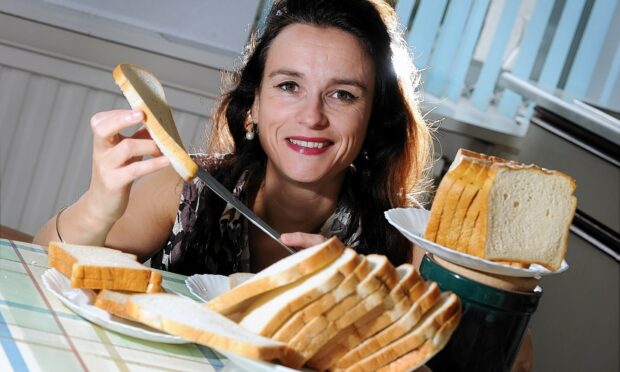
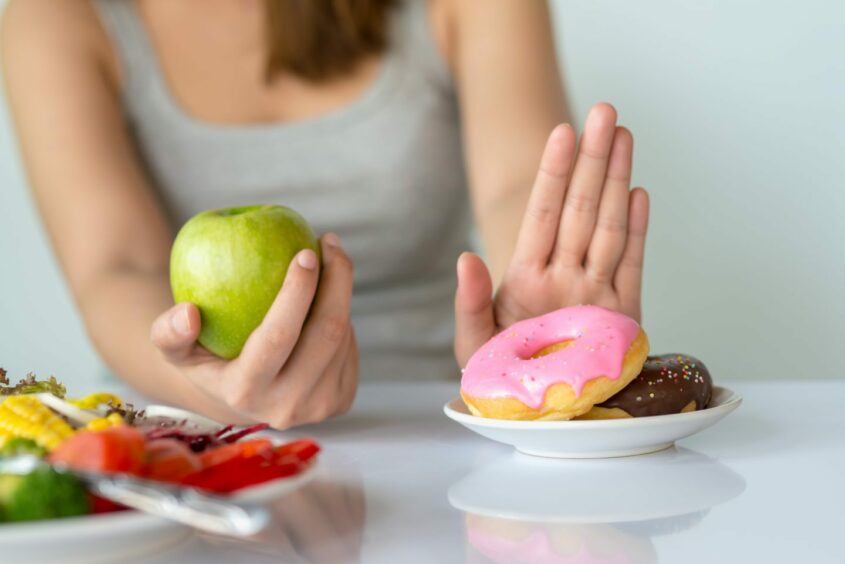
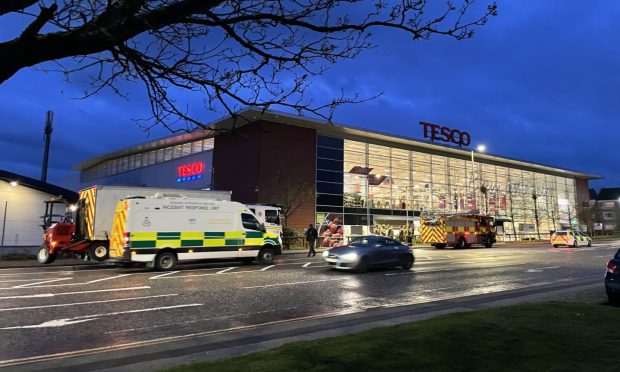


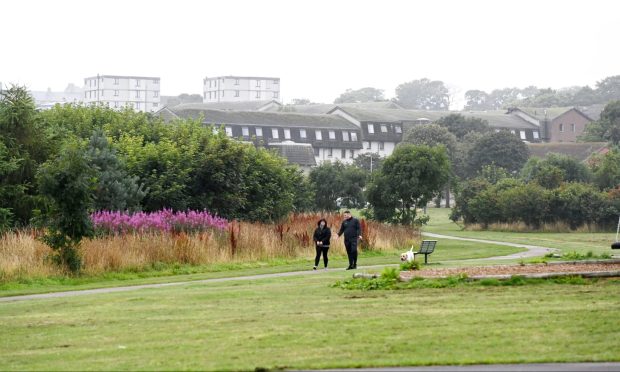
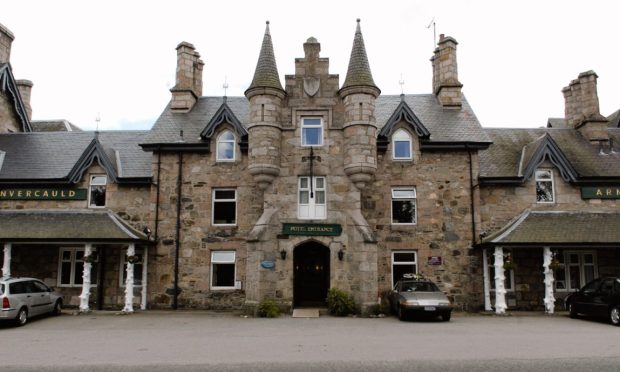



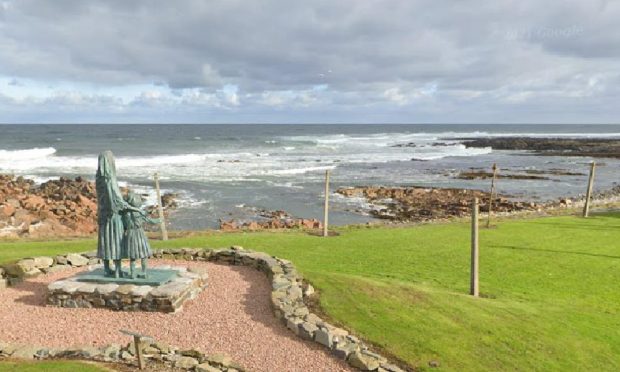

Conversation